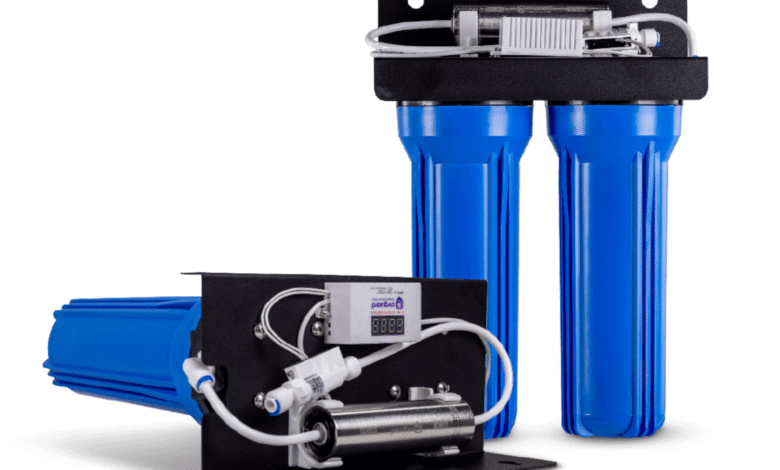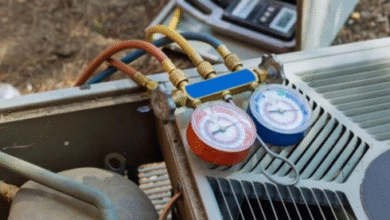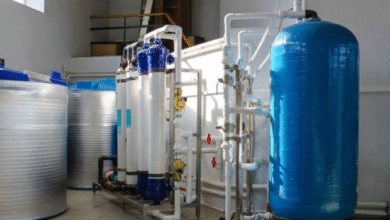When Clean Water Isn’t Enough: Facing the Challenge of Arsenic in Our Drinking Supply

I don’t know about you, but I’ve always taken water for granted. Turn on the tap, fill a glass, and it’s just… there. Clear, cool, refreshing. But over the last few years, I’ve read too many stories that shake this simple trust. Stories about invisible contaminants—ones you can’t taste, smell, or see—hiding in everyday drinking water. Among the scariest? Arsenic. Yep, the same toxic stuff you’ve heard about in old detective novels has a way of sneaking into wells and groundwater. And here’s the thing—it’s not just a problem “somewhere else.” It’s here, in communities big and small, rural and suburban, quietly affecting families who might never suspect a thing.
Now, I’m not saying this to scare you. But ignoring the issue doesn’t make it go away. Arsenic is a naturally occurring element in the Earth’s crust. In some regions, it dissolves into groundwater at levels that far exceed what’s safe. Over time, regular exposure can lead to some pretty nasty health risks—skin damage, cardiovascular disease, even increased cancer risk. It’s heavy stuff, and it’s why so many water experts urge homeowners to test their wells and municipal supplies.
Why Arsenic Is Tricky to Detect
Unlike iron or sulfur (which announce their presence with rusty stains or rotten egg smells), arsenic is subtle. You could be sipping on water that looks perfect, and still be taking in unsafe amounts. That’s what makes arsenic water removal such a vital step once contamination is confirmed. It’s not about paranoia; it’s about precaution. Families deserve to know their water is safe, period.
Testing is usually the first hurdle. Local health departments or certified labs can run detailed checks for arsenic levels. Once the results are in, the real decisions start—because “fixing” arsenic contamination isn’t as simple as adding a basic filter to your kitchen faucet.
The Science of Filtering Out the Invisible
I’ll admit, I was surprised to learn how many methods exist for tackling arsenic. Some households opt for point-of-use filters—systems that fit under a sink or attach to a single tap—while others invest in whole-house solutions that treat every drop. These are designed to capture or transform arsenic before it reaches your glass.
What makes arsenic filtration systems unique is their complexity. They’re not like the charcoal filters you swap out every few months. Depending on your water chemistry, you might be looking at reverse osmosis, adsorption media, or even ion exchange. Each option has its pros and cons, and the effectiveness can vary depending on whether the arsenic in your water is in its trivalent or pentavalent form (chemistry class flashback, anyone?). This is why professionals usually test not just the concentration but also the specific form of arsenic—because that detail alone can change the best solution for your home.
The Real-World Impact on Families
Let’s step away from the science for a second. Picture a family in a small town that relies on a private well. They’ve been drinking from it for years, cooking pasta, making coffee, filling baby bottles. Then a routine test reveals the well has arsenic levels twice the federal safety standard. It’s devastating news. But here’s the hopeful part: solutions exist. Installing the right system means their children can grow up without carrying the burden of invisible toxins.
That’s the thing about arsenic in water treatment—it’s not just about compliance with regulations. It’s about peace of mind, protecting generations, and ensuring that something as basic as a glass of water isn’t a gamble. Families that take the step to filter out arsenic often talk about sleeping better at night. It’s a reminder that while the problem is serious, it’s not unsolvable.
Balancing Costs and Choices
Of course, none of this comes free. Depending on your setup, treatment systems can run anywhere from a few hundred dollars for a small point-of-use device to several thousand for whole-home systems. Add in maintenance, filter replacements, and occasional professional servicing, and it becomes a real investment.
But here’s the counterpoint—what’s the cost of not addressing it? Medical bills, long-term health impacts, the stress of not knowing whether the water you’re giving your kids is safe. Suddenly, the numbers start to shift. Many communities even offer grants, rebates, or low-interest loans to help families afford arsenic removal systems. So if cost is the main roadblock, it’s worth asking around. Sometimes the support is closer than you think.
Why Awareness Matters
The bigger picture is this: water contamination isn’t a headline that comes and goes. It’s an ongoing challenge, one that requires vigilance and, honestly, a bit of advocacy. More public awareness leads to more testing, more safe wells, and fewer families quietly exposed to something harmful.
When you think about it, water is one of the simplest things we consume. It fuels every cell in our body, keeps us alive, and should be the one thing we never second-guess. Ensuring that it’s free from hidden threats like arsenic isn’t just a technical process—it’s a responsibility we owe to ourselves and the generations coming after us.
Closing Thoughts
Arsenic in water isn’t a problem we can see with our eyes, but it’s one we can solve with knowledge, technology, and a willingness to act. If you’ve never tested your water, maybe this is your sign to finally do it. And if you already know your results, take the next step toward a safe solution.



